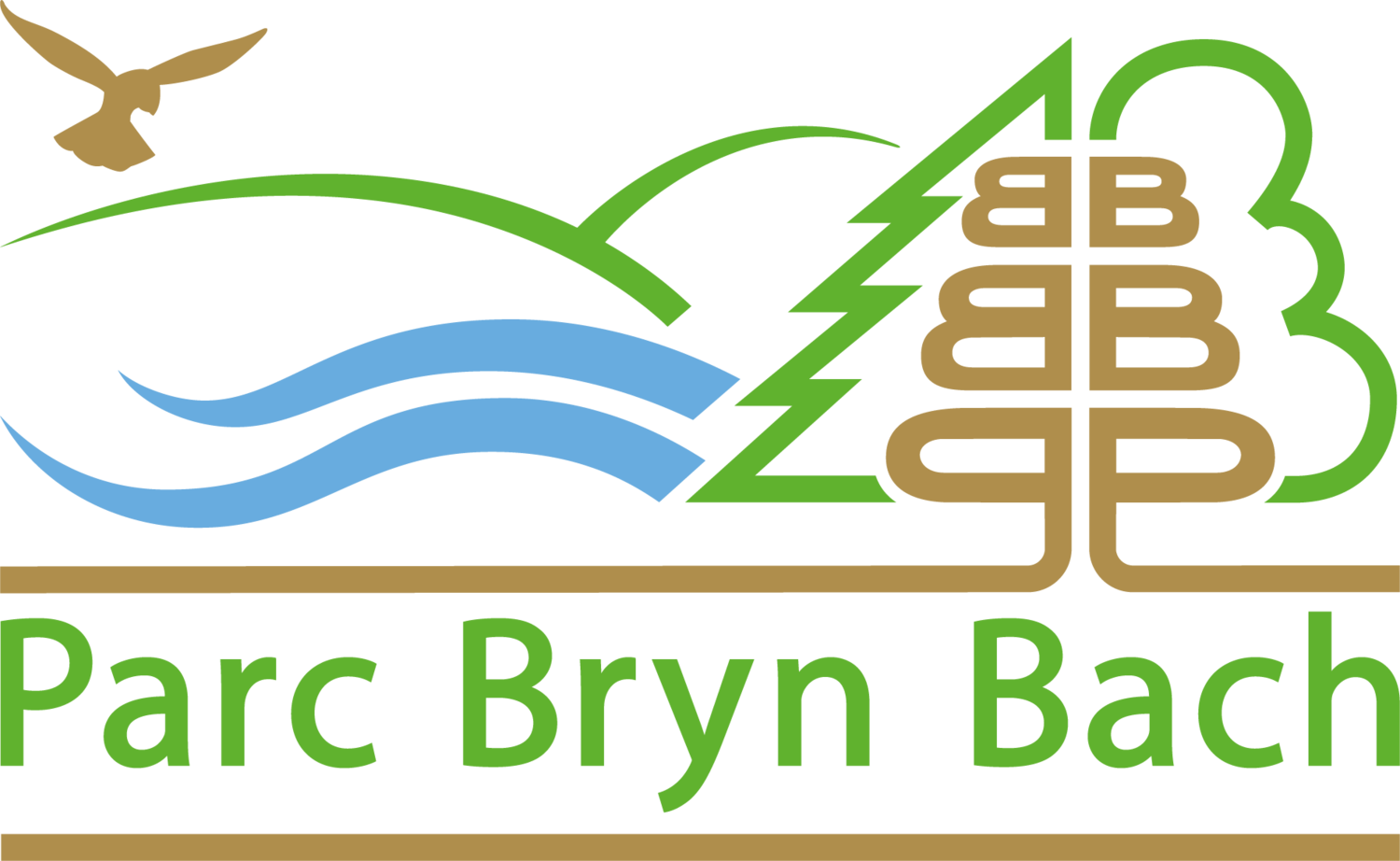Environmental Volunteer Days
Throughout the autumn and winter months, members of the Blaenau Gwent Biodiversity team have been working with staff and volunteers to carry out a series of important environmental work at Parc Bryn Bach which is designed to enhance and support the range of habitats we have as well as helping to improve the biodiversity of the park.
Projects so far have included:
Planting a Dogwood Hedgerow Outside the Play Area - Dogwood is a native shrub that thrives in most soil types and is good for the environment. As well as creating ground cover for wildlife it also attracts pollinators such as bees and butterflies and Autumn birds who cannot resist its berries.
Creation of a Wildflower Meadow Outside the Play Area – we have used homemade seed bombs to create a pollinator patch to help the environment by supporting a wide variety of pollinators such as bees, butterflies and other insects.
Woodland Management – thinning works and coppicing (pruning branches down to the base of a tree or shrub) is done in order to encourage new growth of new stems and branches which helps to rejuvenate our woodland. The cut branches are then used to create habitat piles which help to increase species diversity.
Weed Clearance – clearing the lake of weeds helps to ensure a healthy freshwater ecosystem in the lake. The weeds pulled from the lake are left on the bank to allow any pond invertebrates the chance to crawl back into the safety of the water.
Creation of a Bird Hide – to help visitors observe our resident and visiting birds we have created a small bird hide screen using coppiced wood materials from arpund the park and dead hedging/willow weaving techniques.
Removal of Scrub from Hawthorn Hedges – Scrub species such as Hawthorn are a natural part of grassland and woodland habitats and support a range of wildlife - providing nectar, seeds, fruits, shelter and nest sites for invertebrates, birds and mammals. Pruning of the scrub is done through the winter in order to prevent the hedging becoming too dense or overgrown and to encourage new growth.
Removal of Scrub from the Wildflower Meadow – to enable the wildflower meadow to flourish we have removed some of the scrub that has grown amongst it. The cuttings from the trees and shrubs have been used to create dead hedging along the path, which will help to prevent the path from getting too waterlogged and muddy in the future, as the stake roots will drink up the excess water.
Native Wildflower Seed Planting – to enhance the grass near the lake’s edge (in front of car park 2) we have sown a variety of native wildflower seeds which will not only create a splash of colour but will also help to support a range of pollinator species.
Tree Planting – thanks to funding from the WCVA: Water, Wood and Wellbeing grant we have been able to plant a small selection of native trees near the overflow at the far end of the lake. The trees are all native species (silver birch, rowan and beech) and will help tackle climate change by sequestering carbon and their nuts and berries will create a source of food for a variety of birds.
